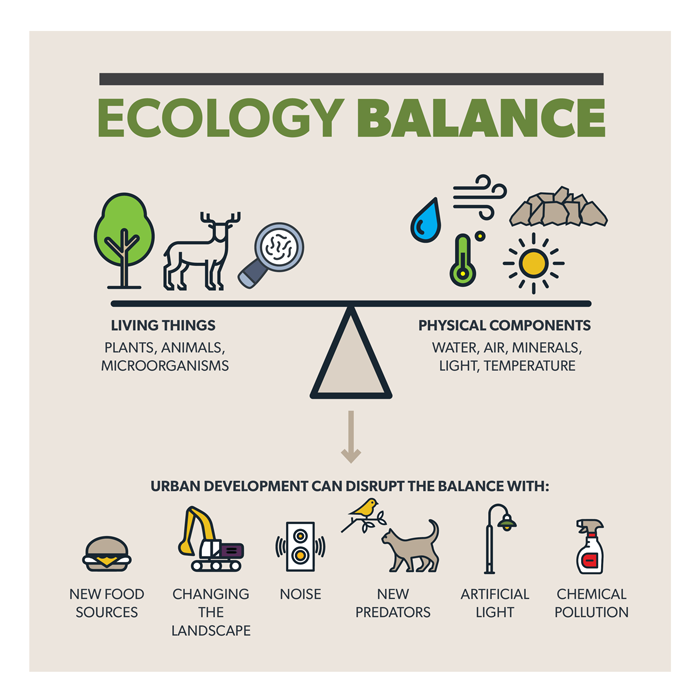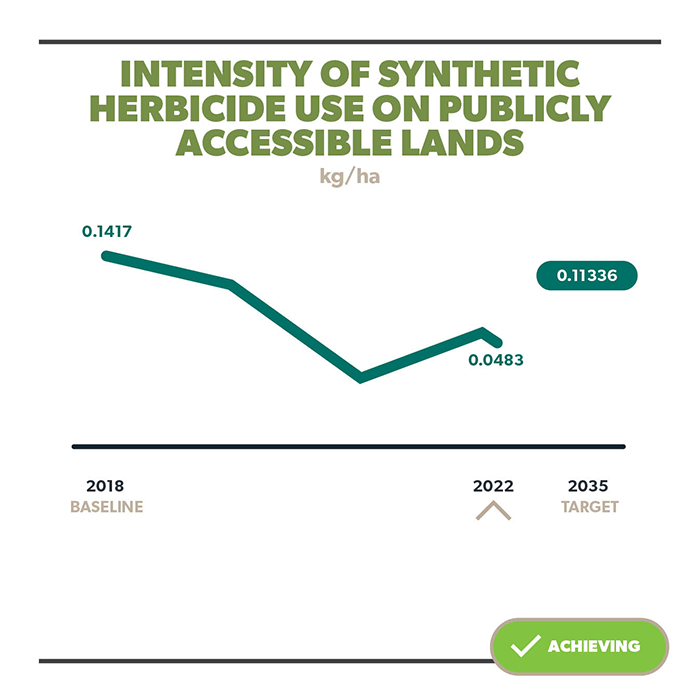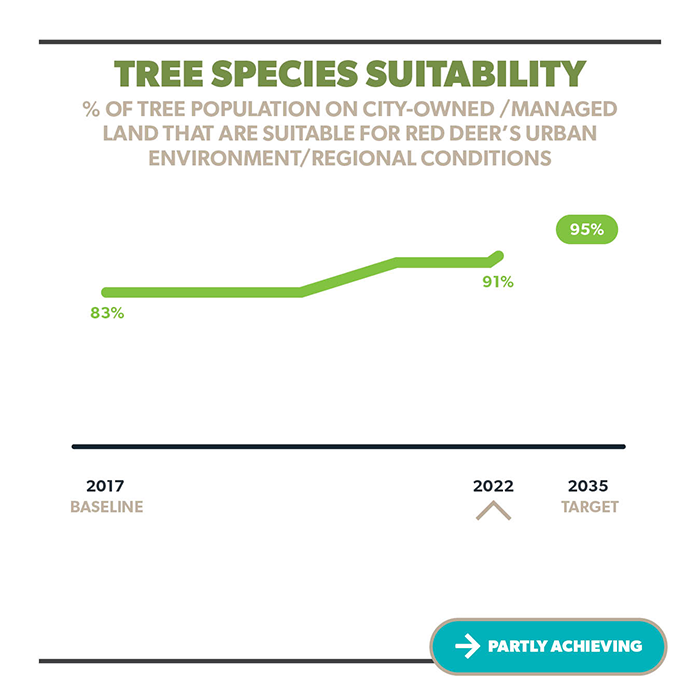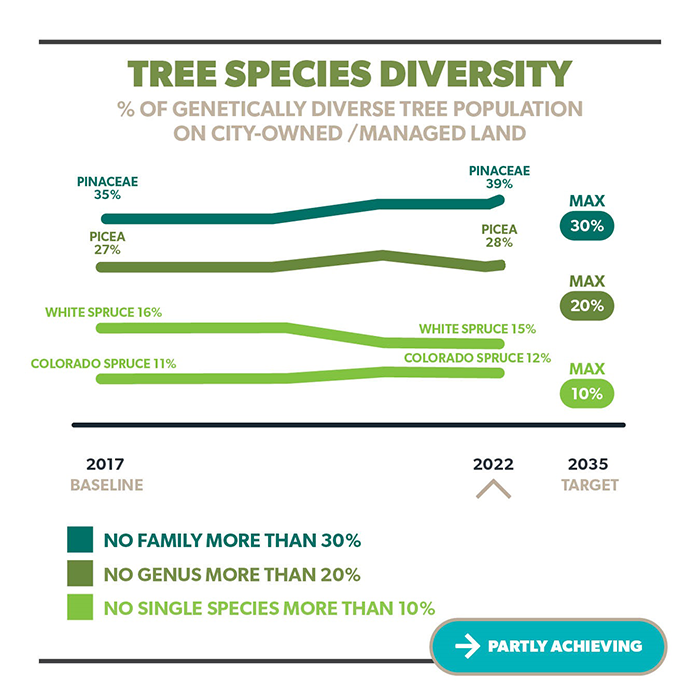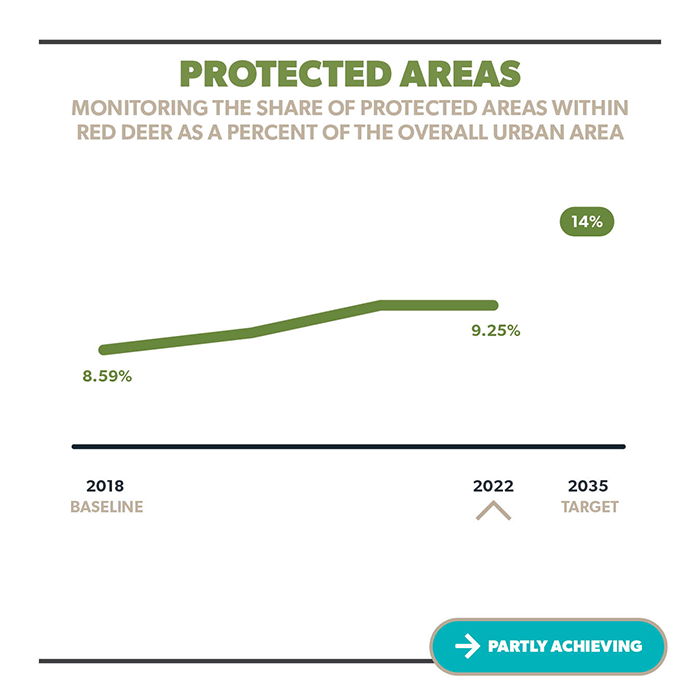
Monitoring the share of protected areas within Red Deer as a percent of the overall urban area, including natural areas and constructed natural areas.
| 2022 Results | |||
|---|---|---|---|
| Baseline (2018) | 2022 Result | Target (2035) | |
| Protected areas | 8.59% | 9.25% | 14% |
| Historical Results | |
|---|---|
| Protected areas | |
| 2022 | 9.25% |
| 2021 | 9.25% |
| 2020 | 9.25% |
| 2019 | 8.75% |
| 2018 | 8.59% |
